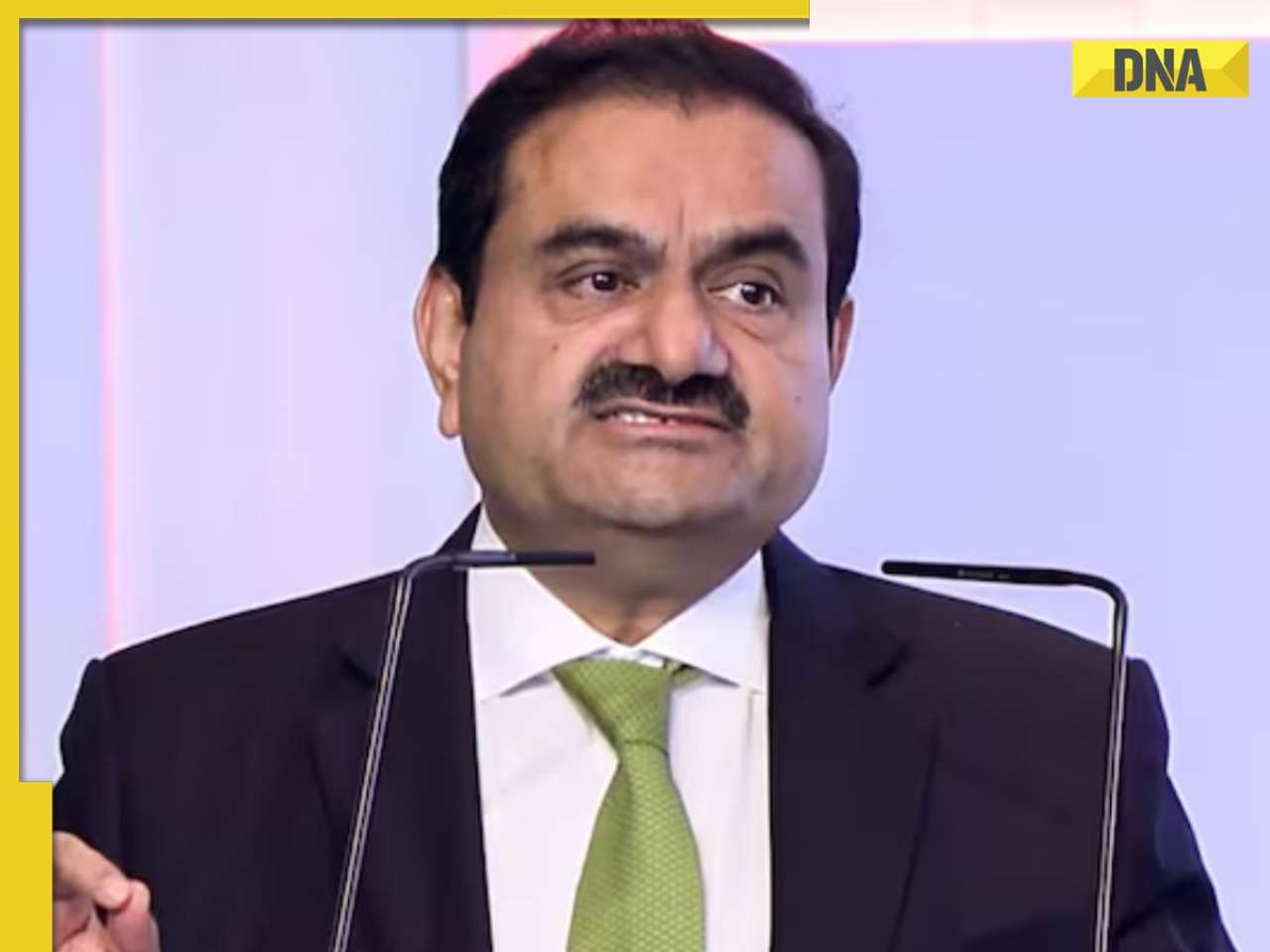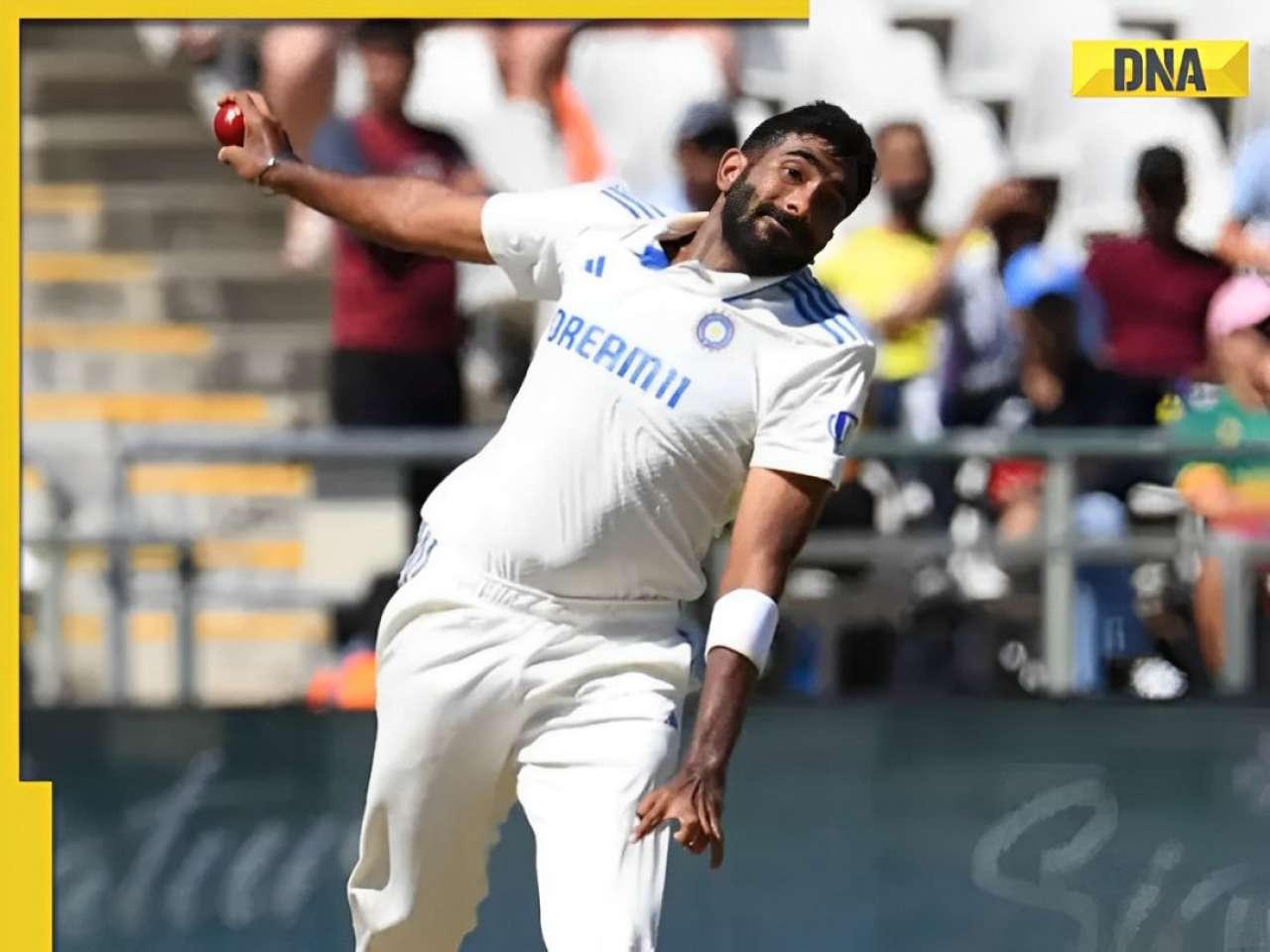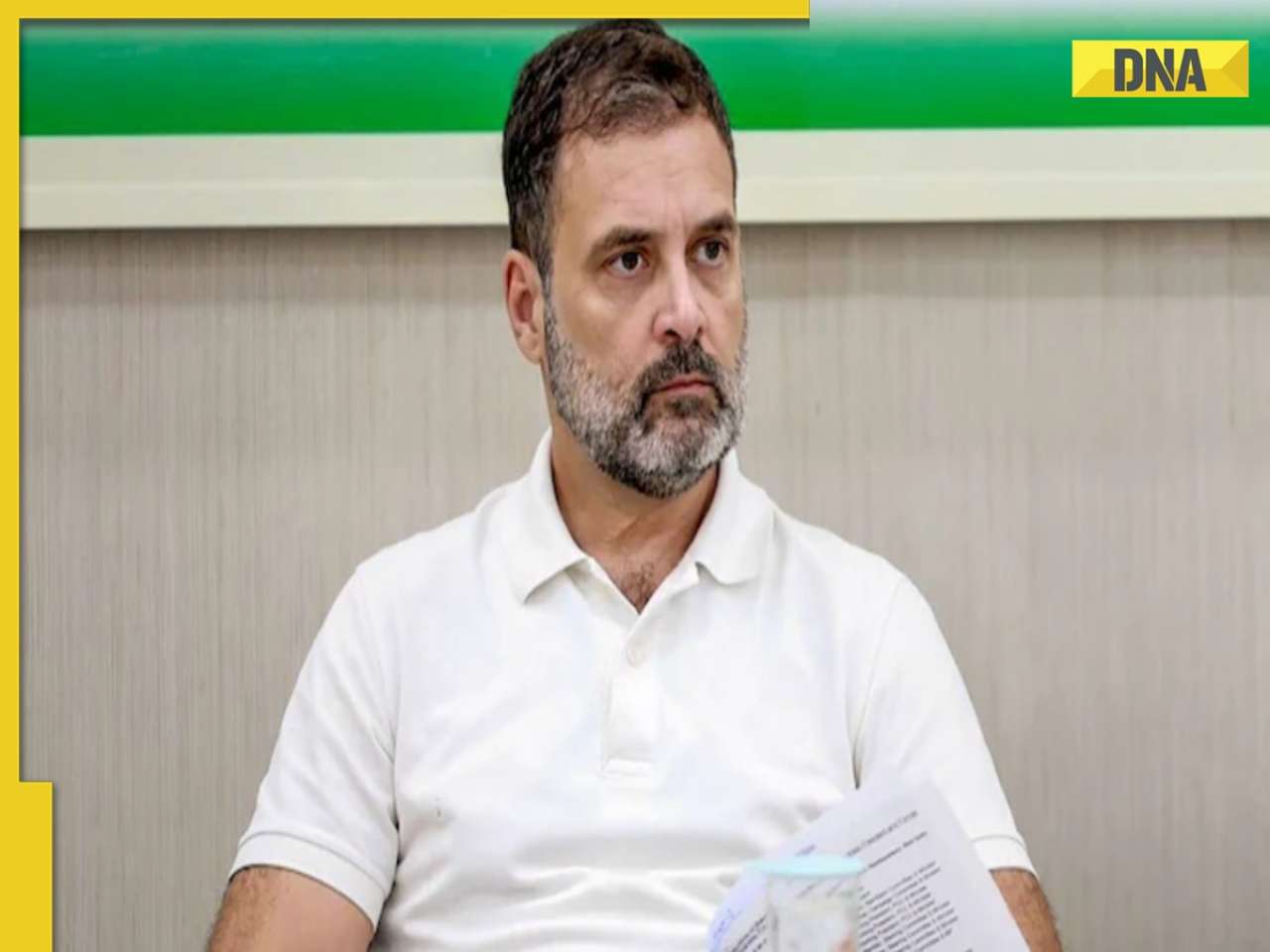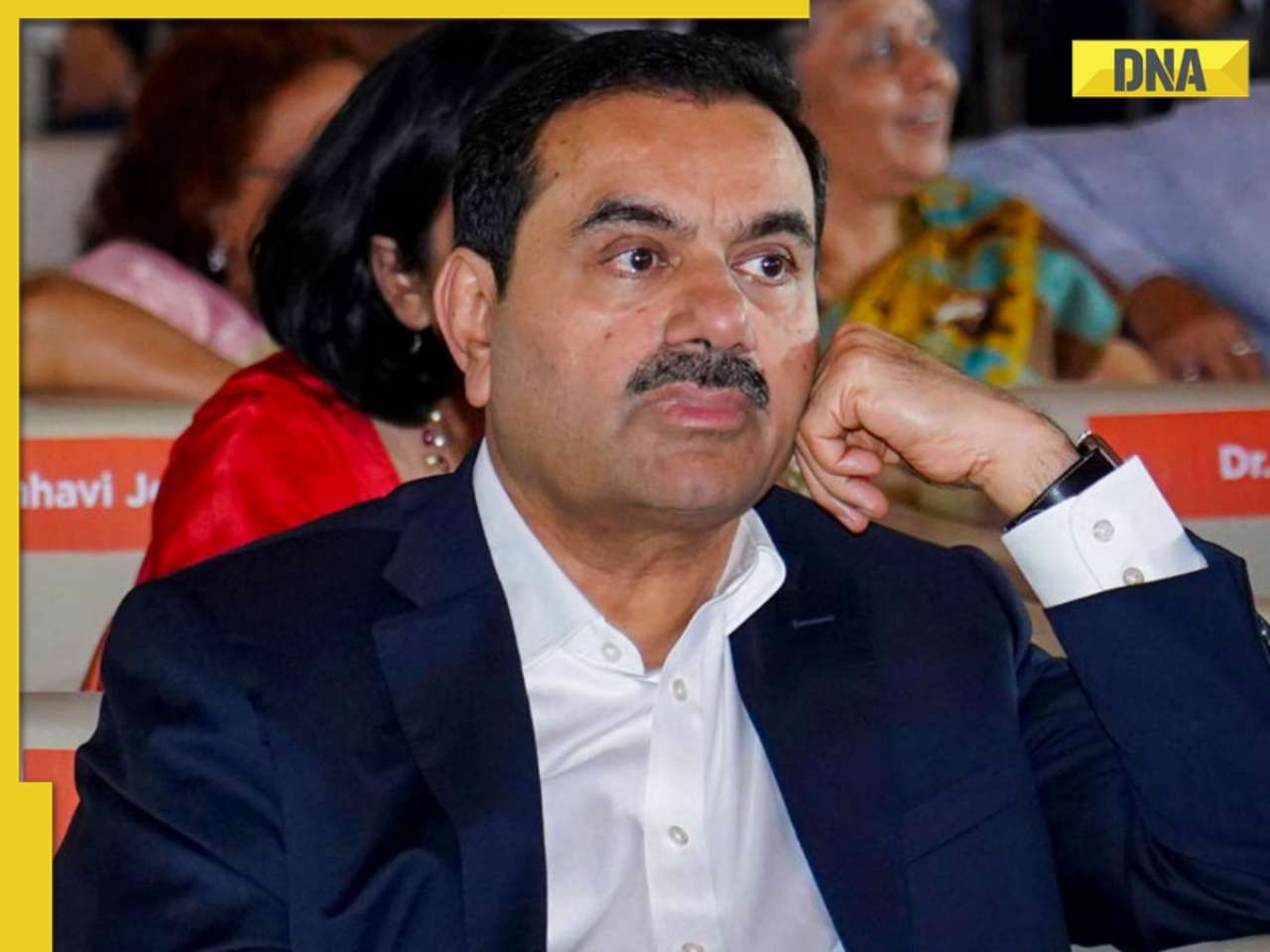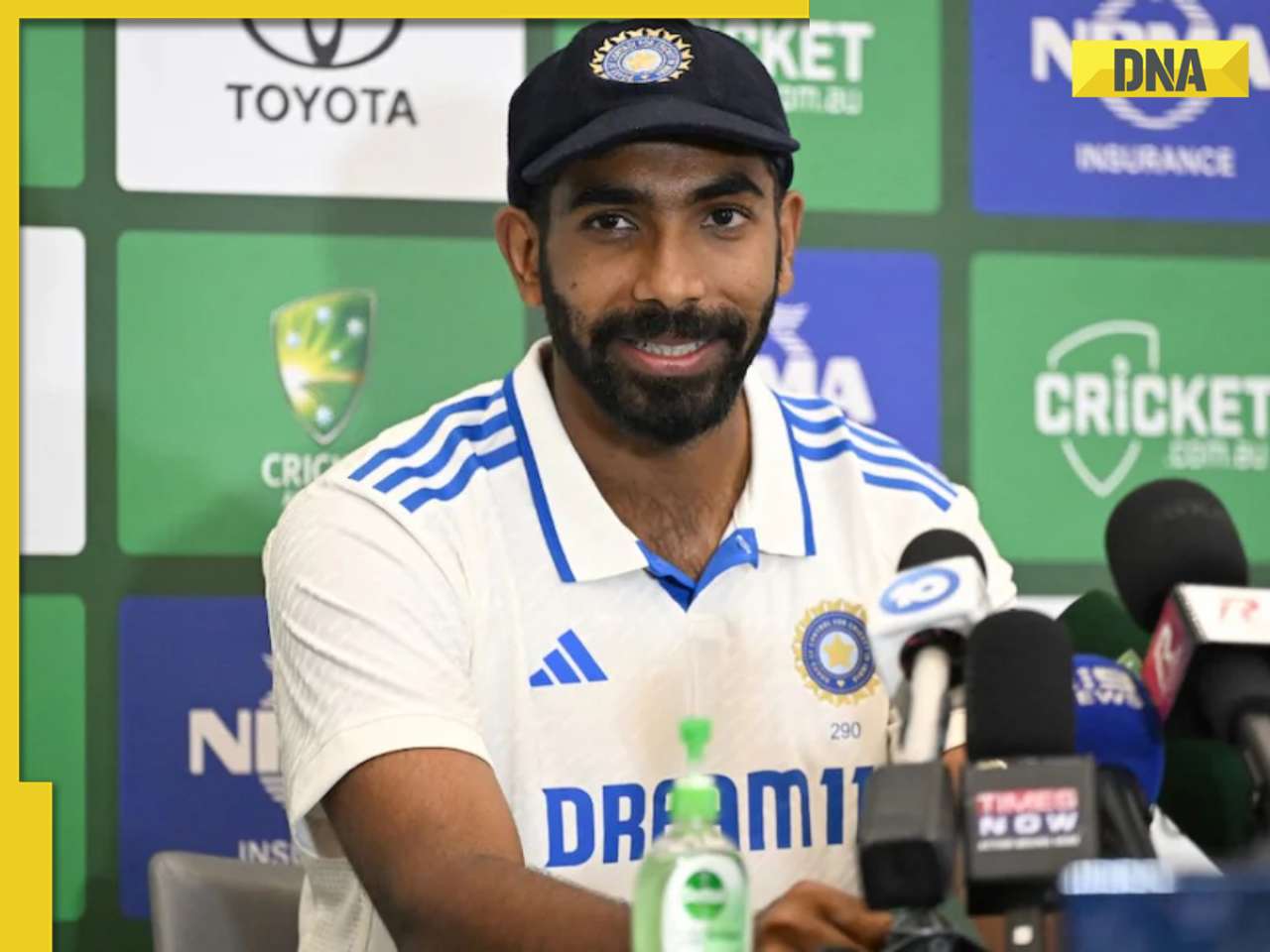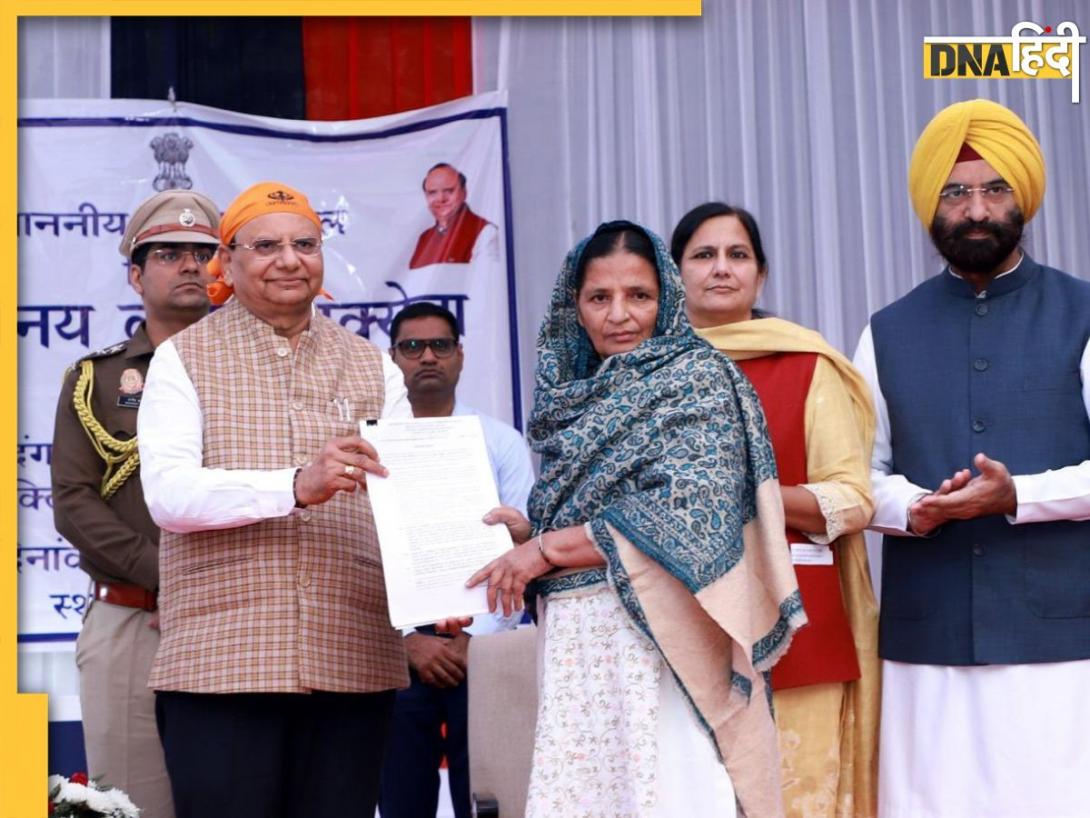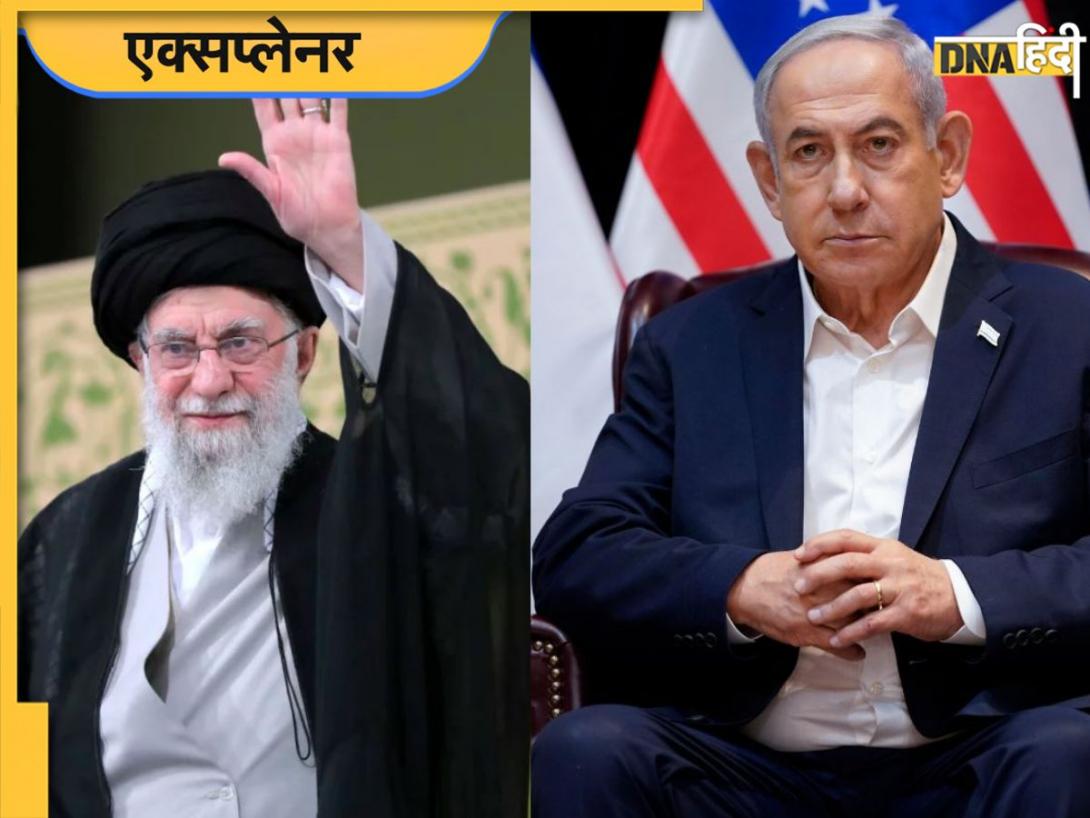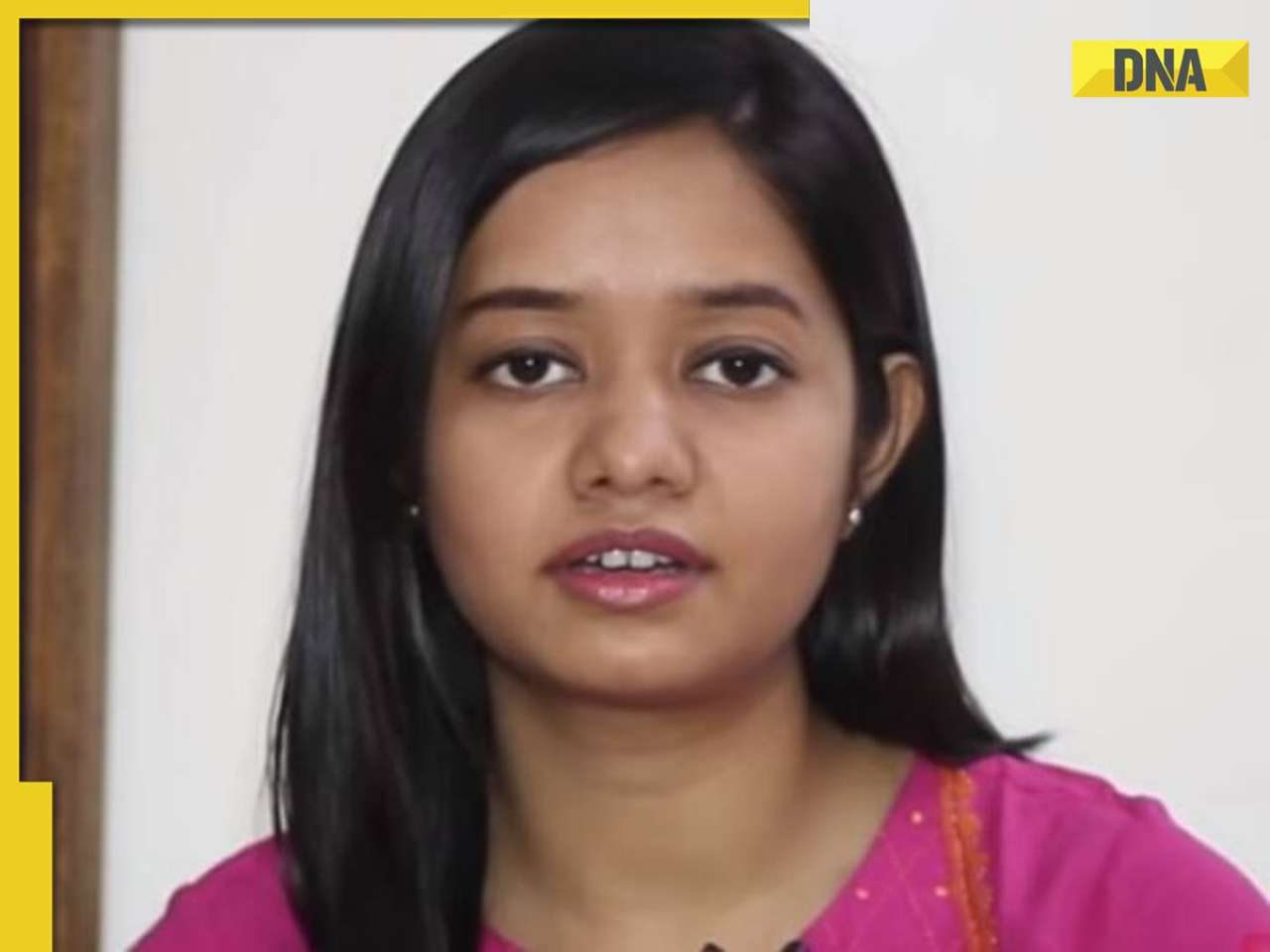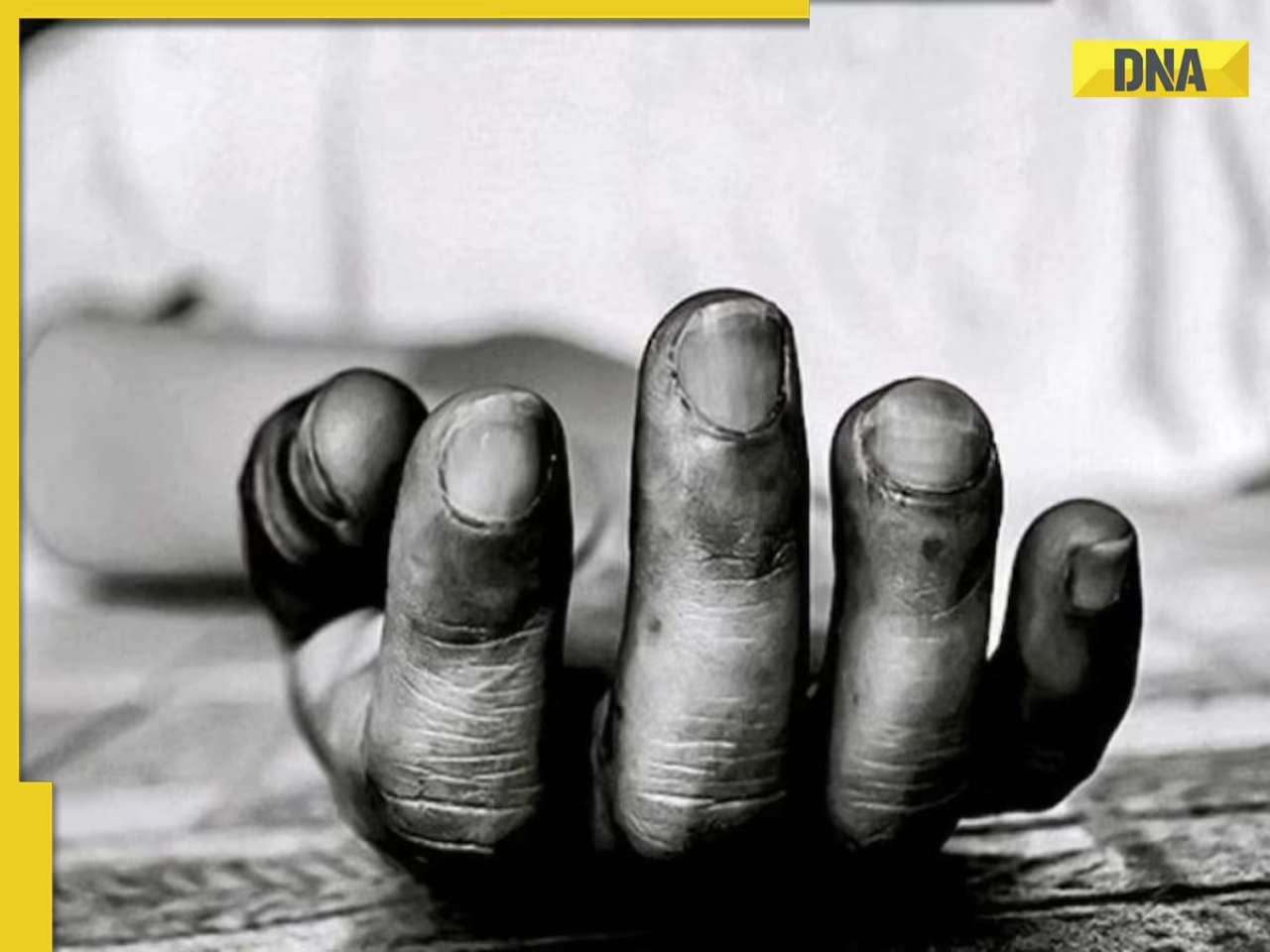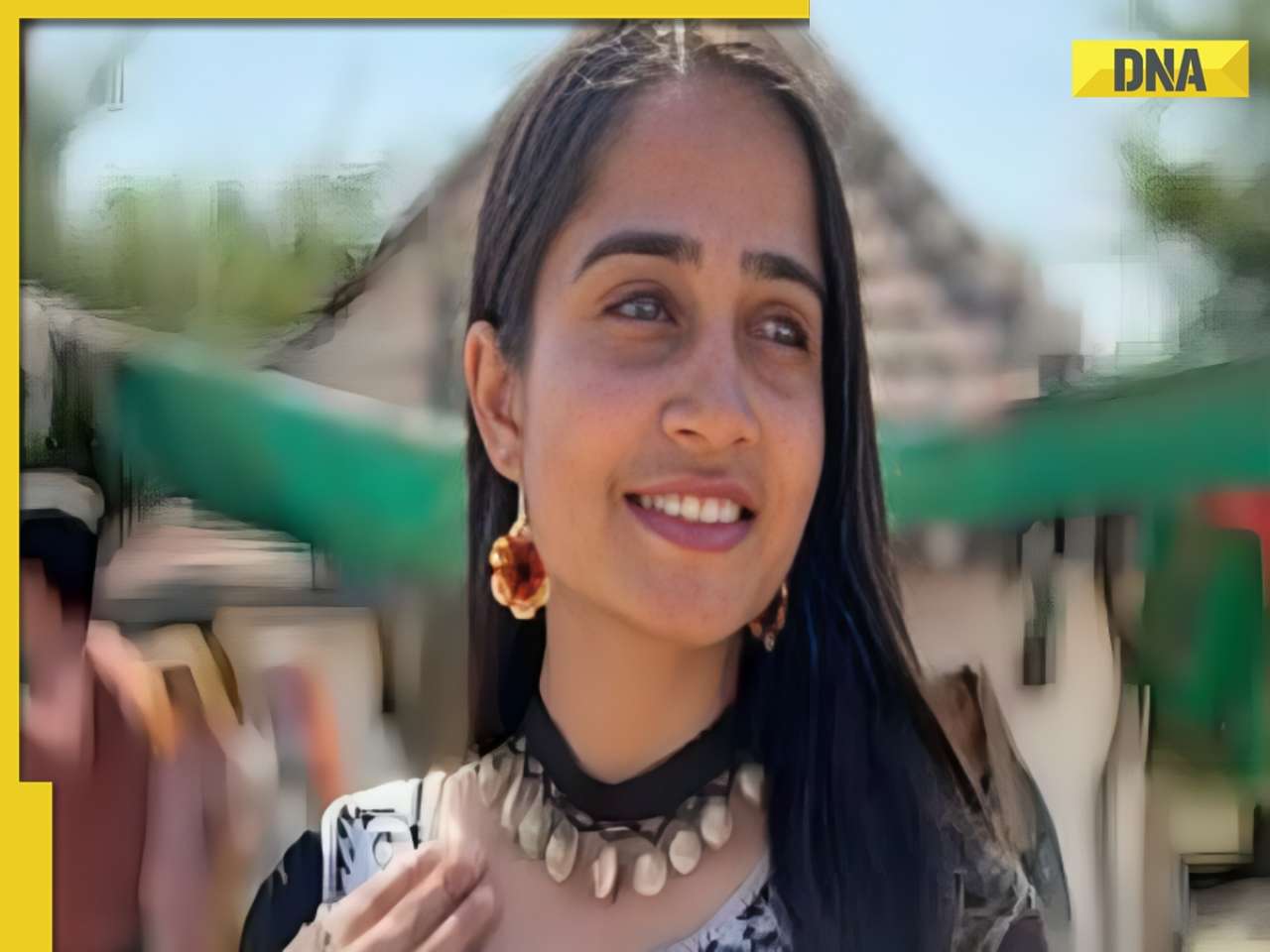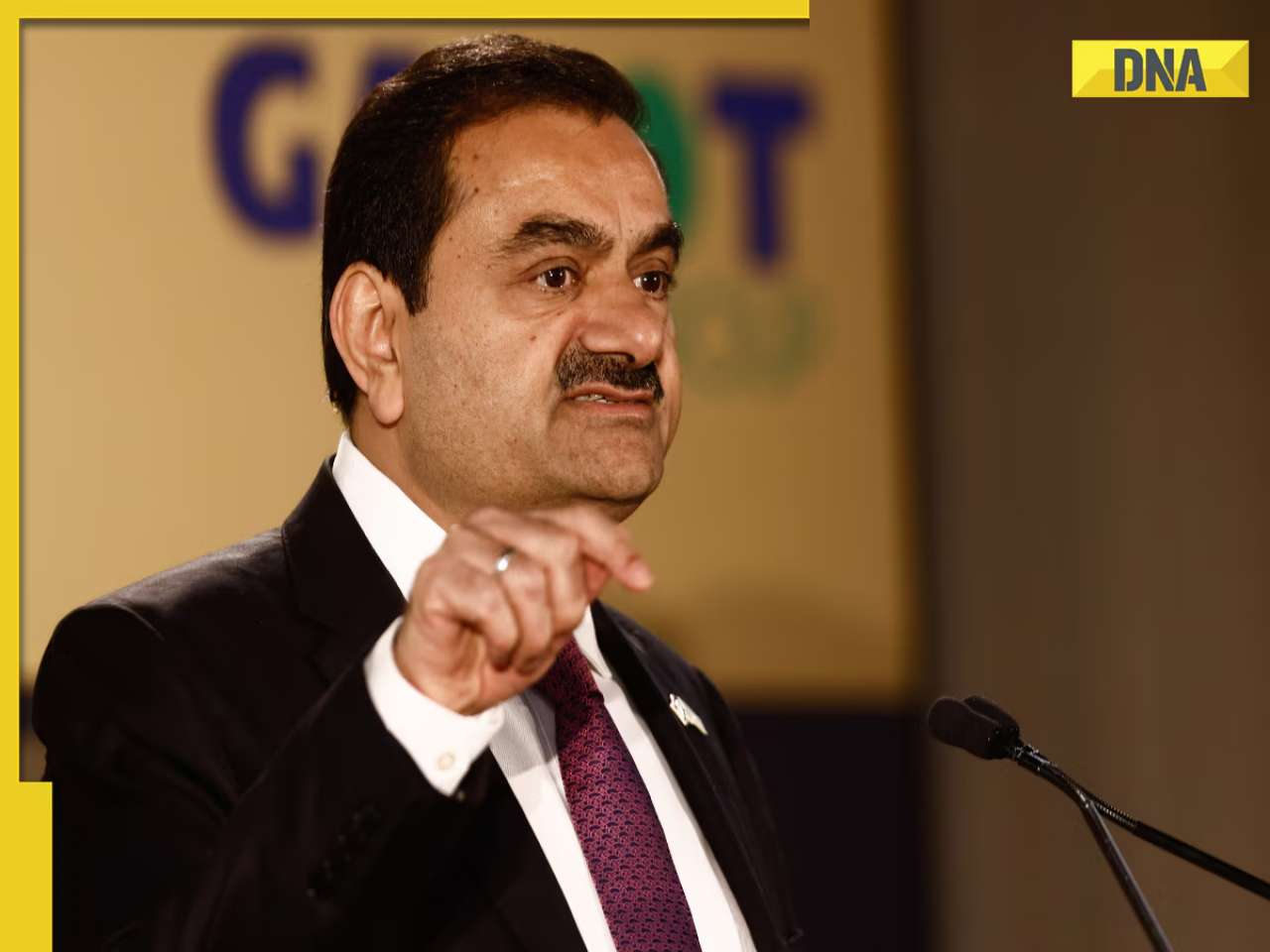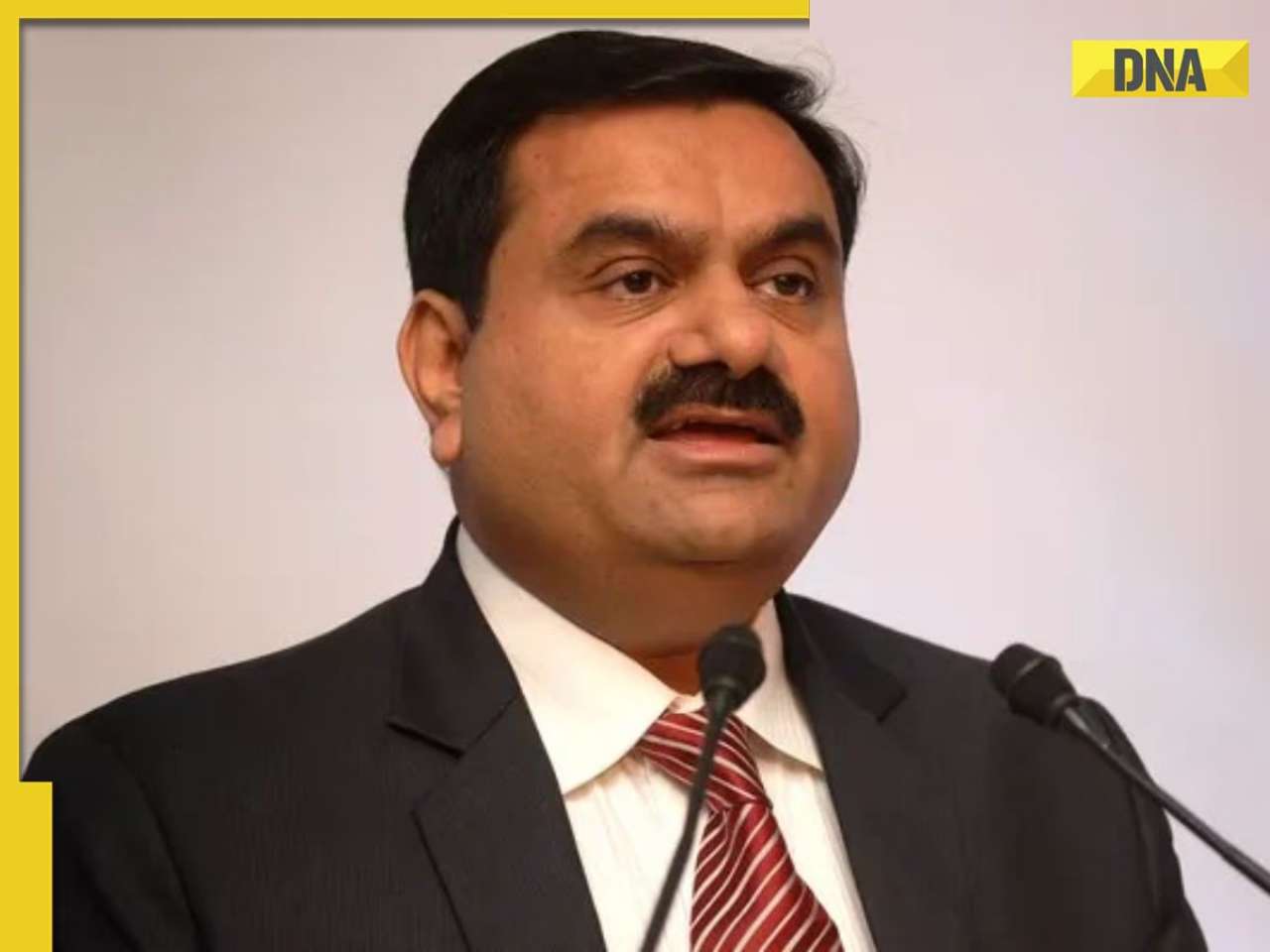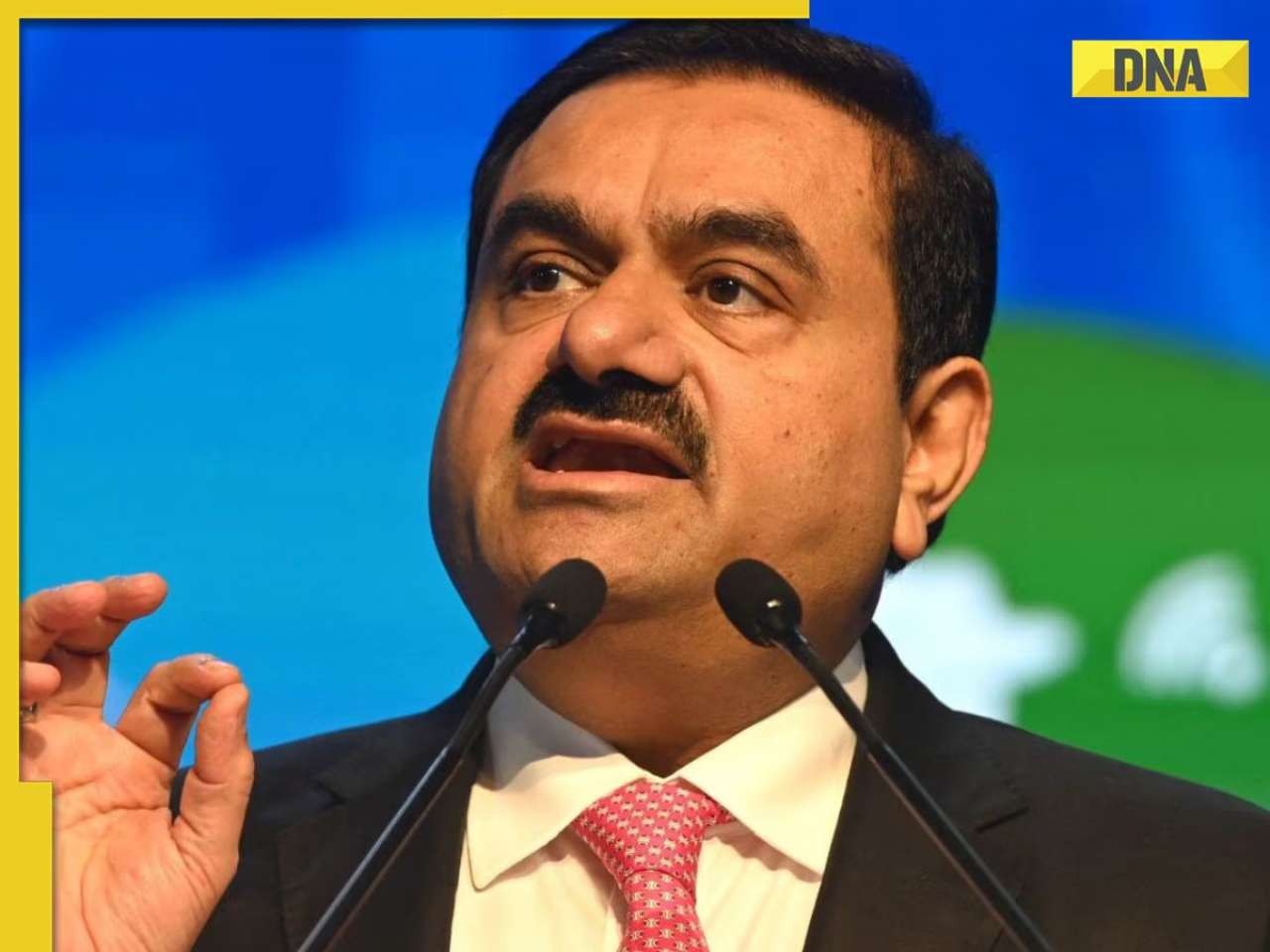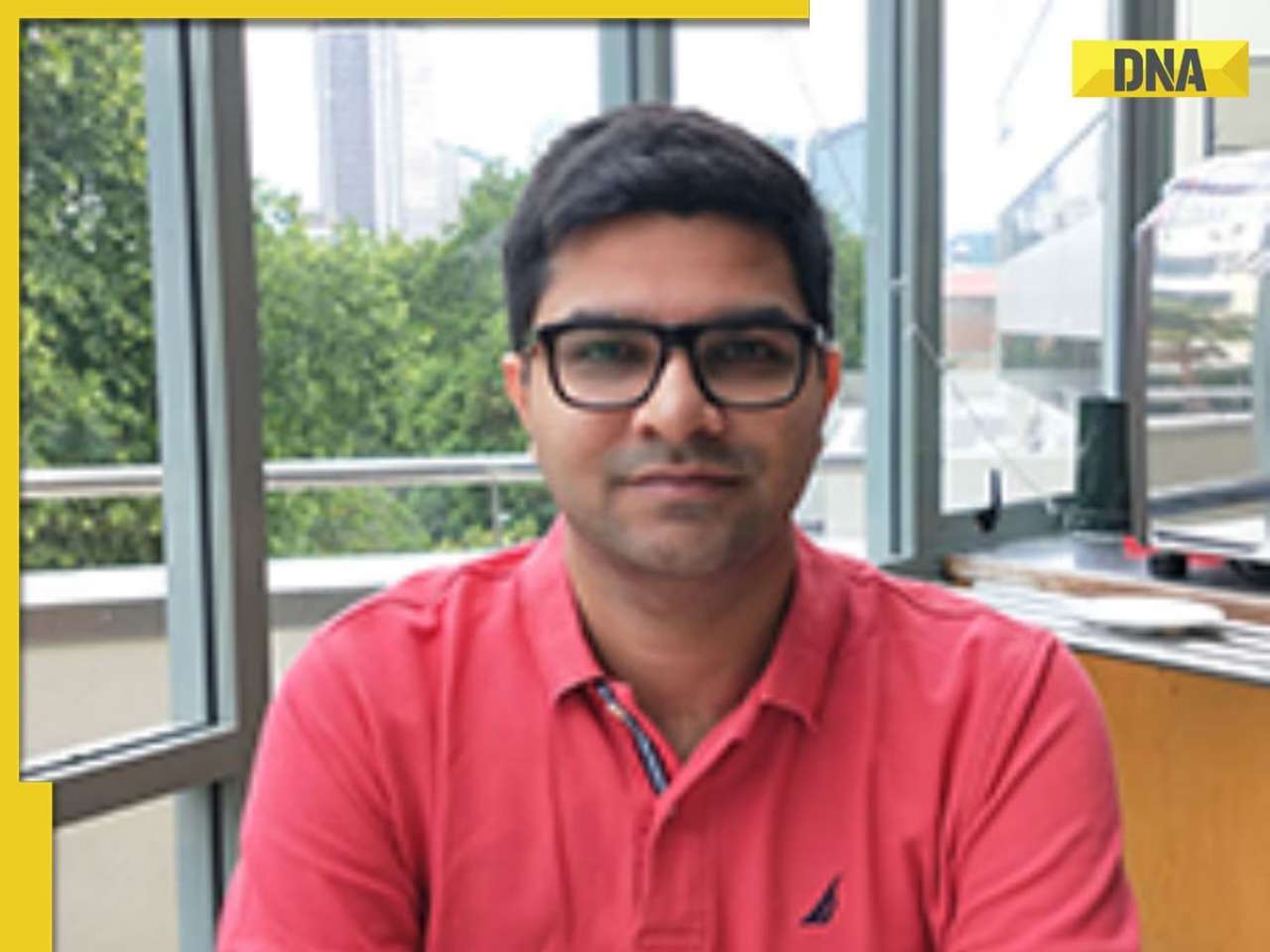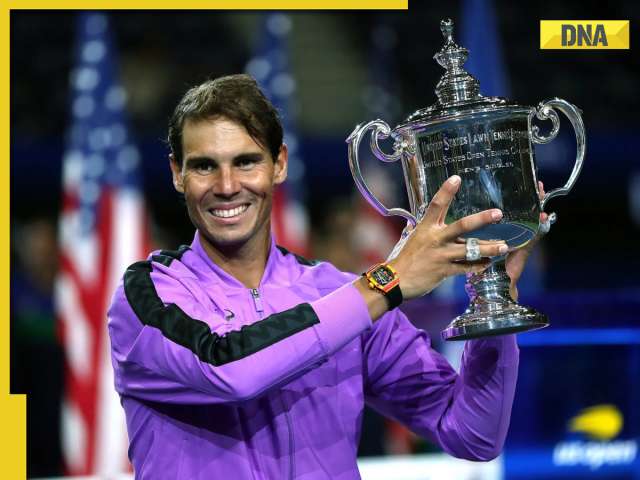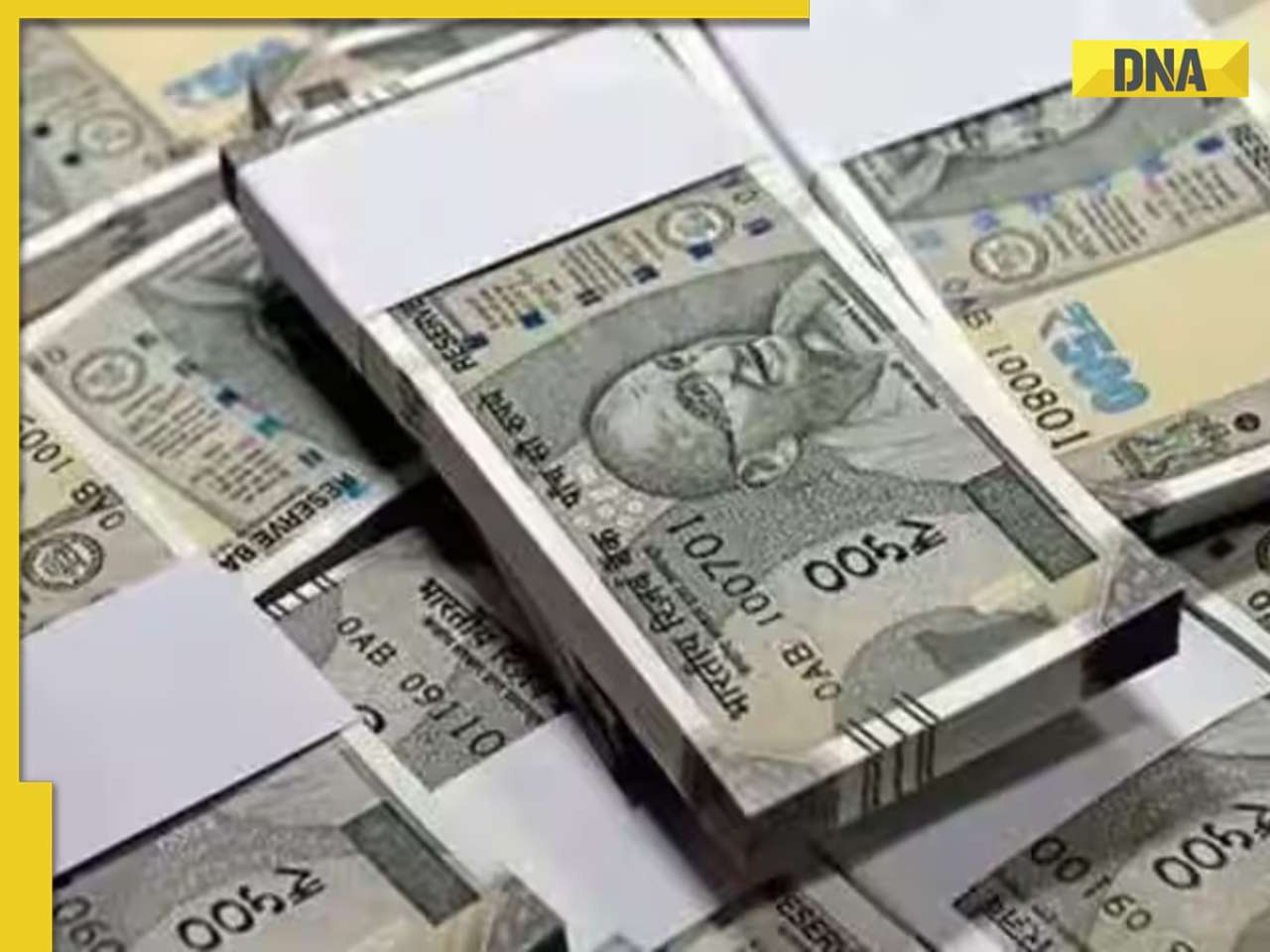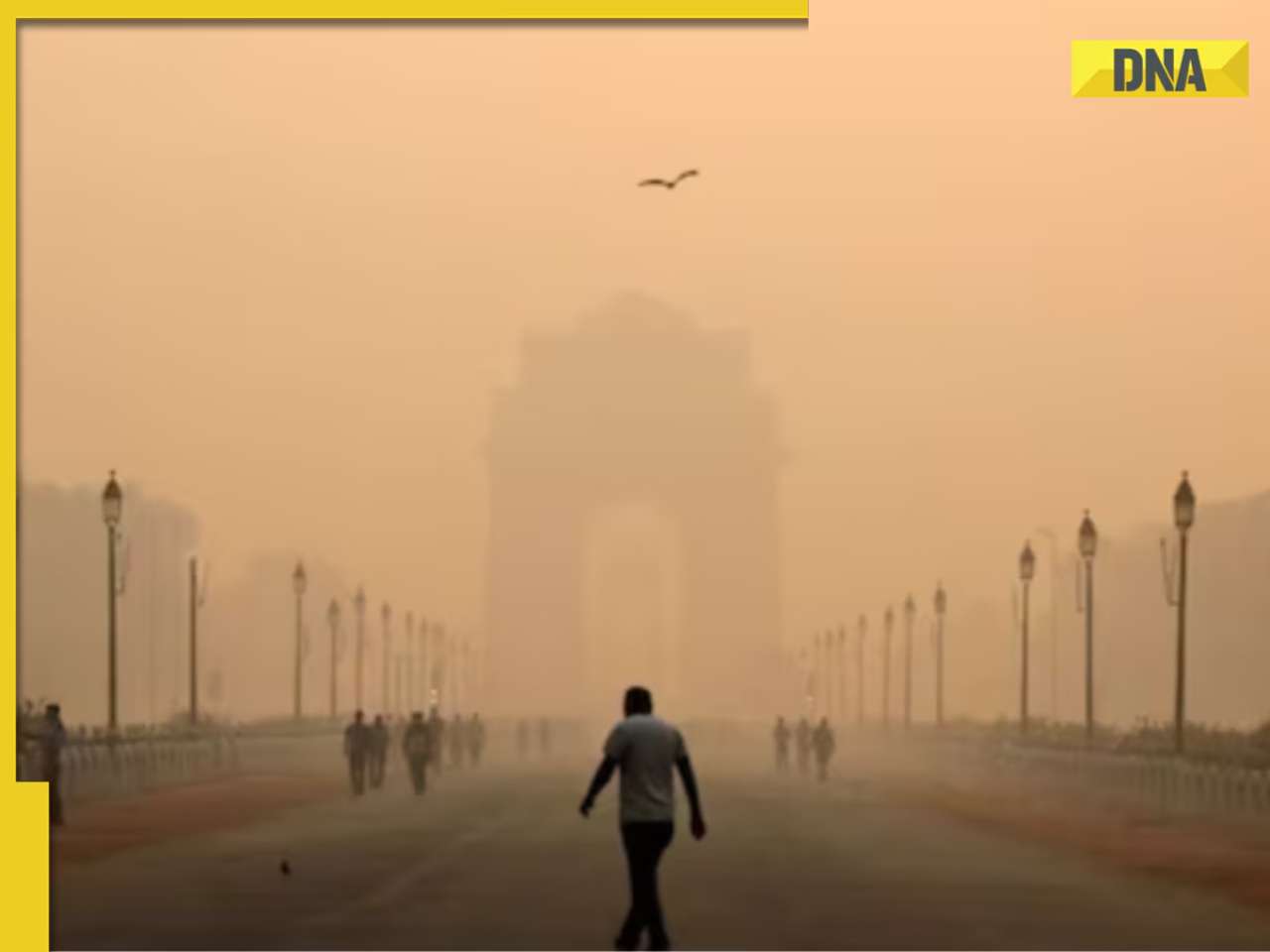- LATEST
- WEBSTORY
- TRENDING
ANALYSIS
Hindutva is Hinduism that resists
Hindutva is Hinduism that resists. It doesn’t matter how plural one is, as soon as one speaks up for Hinduism and defends it against attacks or misrepresentations of others, one would be dubbed “Hindutva” and demonized in the “secular” discourse.
TRENDING NOW
There has been a graphic that has been doing the rounds, also retweeted by Congress MP Shashi Tharoor, that “the opposite of Hinduism is Hindutva.” This is part of a political project by the Congress Party, which also is pushed in Tharoor’s book to hype up this imagined difference. How is it political? Congress has realized that there is a perception of it being anti-Hindu which has, in part, led to its electoral defeats while the BJP has ridden on a perception of being sympathetic to Hindu interests. To counter this perception, the Congress seeks to label the BJP as “Hindutva” as distinct from “Hinduism” to allow it to claim a space which is not opposed to “Hinduism” but to “Hindutva.” Pending a more detailed theoretical exegesis of these ideas, we examine this graphic meme to show how this is a false and manufactured dichotomy.
The first major point the graphic makes is that “Hinduism is thousands of years old” and also is a “great union” of Indian cultures and traditions while Hindutva is a “racial-territory category” first proposed by Savarkar in 1923. There are a couple of problems with this. Firstly if we were simply to use the occurrence or creation of the terms, the word “Hinduism” is also not thousands of years old, but first used in the 19th century as part of colonial and missionary tracts. The word “Hindutva” also comes into use as a term, at least as early as the 19th century, when it becomes the title of the book by Chandranath Basu (not Savarkar), called “Hindutva: An Authentic History of Hindus.” So if we go simply by terms neither term is particularly old. Hence we need to go beyond the terms to the concepts themselves.
As a concept Hindutva is fairly straightforward, it literally means “Hinduness” or the quality of being Hindu. Thus it would be hard to separate it from being Hindu or “Hinduism.” Basu is also using it for what he claims is an authentic history of Hindus, in that context the distinction of “Hindu” “Hinduism” and “Hindutva” is nonsensical. It is a cluster of terms which mean the same thing. The rest of the argument in the graphic is puerile and even an outright fabrication and spin, for instance the claim that “Hindutva has one central text—the political pamphlet ‘Hindutva, who is a Hindu?’ published in 1928.” To have a sincere argument one must represent the opposing views as accurately and truthfully as possible, and then refute them. If you ask Hindus who are considered advocates of Hindutva, I’d doubt if anyone would consider Savarkar’s pamphlet a “central text” for them or even have heard of it. Hindutva advocacy Is for Hindu texts and wisdom, including all the ones the table listed in the “Hindu” category. So this is a pure strawman fallacy. Similarly is the idea of Hindutva being “racial.” In fact there are prominent proponents of Hindutva who belong to other “races” and nationalities including American David Frawley, Frenchman Francois Gautier and German Maria Wirth, all of whom are welcomed.
The next point that is made is that “Hinduism is pluralistic” while “Hindutva is monolithic. In that it is more like Islam or Christianity than Hinduism.” This raises two interesting questions. Firstly, the diversity of Hindu traditions persist till this day, all the way from the Swaminarayans to the Hare Krishna and the Yogis to the Aghoris to the Natha parampara. If Hindutva is “monolithic” which of these diverse Hindu traditions does it reject or exclude? In fact, it is the Congress government which banned the Aghoris in Maharashtra under an “anti-superstition” law and it is the “secular” Supreme Court which has been trying to judge Hindu traditions based on the “essential practices” test based on templates of Abrahamic uniformity. Even if one were to narrow Hindutva to the views held by the BJP and RSS (and we will see later on why this is problematic), both have these have vigorously affirmed pluralism in their official positions. In a recent statement, the RSS chief Bhagwat has said:
“All those who live here in Hindustan are Hindus. Our style of worshipping may differ, some may not even worship at all, we may speak different languages, we may belong to various parts of this land, our eating habits may differ, yet we all are one.”
Here Bhagwat is using the word Hindu in the historic sense as it was used by outsiders to denote the people living in India, and here it takes even broader and more diverse inclusions, potentially including Muslims and Christians in that category, without expecting them to give up the diversity of their modes of worship.
This brings us to the second part of that claim—“Hindutva is monolithic. In that it is more like Islam or Christianity than Hinduism.” First Islam or Christianity are not really monolithic; there is a diverse set of sects and practices which are part of each. The real problem is that they are exclusionary—they both have central mainstream beliefs that those who are outside the pale are rejected from “salvation” and are “bound for hell.” There is certainly no equivalent claim in Hindutva, but here is a challenge.
The challenge is that both Islam and Christianity reject pluralism, the notion of a multiplicity and diversity of valid paths. This also makes them be aggressive proselytizers to their “one true path” to the exclusion of others.
This brings us to the real distinction, one I have experienced myself. As soon as one speaks up for Hinduism or one challenges the attacks on it by others, including Christian or Islamic Polemics or communist misrepresentations or attacks, one gets labelled as Hindutva. It has nothing whatsoever to do with what Savarkar or BJP or anyone else says.
Over a decade ago, I wrote an article in the USA, which questioned how Hinduism was being portrayed in Encarta, a popular Encyclopedia used by school children. Later on various Hindu groups took on the task of challenging demeaning representations of Hinduism in California’s textbooks. While being a minority in the US, American Hindus faced a strange opposition to their effort—Indian Left academics in the US attacking their efforts as “Hindutva.” Clearly this term has nothing to do with either Savarkar of “Hindu nationalism” in the way it is used in the Left’s polemics. More than 150 countries are majority-Christian and 49 are majority Islamic, 20% of countries have an official state religion. Hindus are a minority in this matrix, so the Left’s attack on “Hindutva” in the US also shows that this targeting has little or nothing to do with concern for minorities.
So let’s come to a real definition. Hindutva is Hinduism that resists. It doesn’t matter how plural one is, as soon as one speaks up for Hinduism and defends it against attacks or misrepresentations of others, one would be dubbed “Hindutva” and demonized in the “secular” discourse. As soon as one seeks to counter the aggressive proselytism of Christianity or Islam, which militates against pluralism, one would be labelled “Hindutva.” Thus the false distinction between “Hinduism” as something positive, in opposition to “Hindutva” as something negative, serves a singular purpose—to neutralize all defense of Hindu traditions as something evil or unacceptable and to relegate them to complete passivity.
However, this is not how Hindu traditions survived when so many native traditions across the world, from South America to Australia and from Scandinavia to Persia succumbed and were almost wholly converted by the two aggressive proselytizing creeds with a theology of exclusion and world-dominance. Hindus survived because they resisted better than others, both militarily and intellectually. In that definition all those who resisted, from Guru Gobind Singh to Shivaji can be called “Hindutva.” In fact, Guru Gobind Singh’s call in the Dasam Granth jage dharam Hinduk, turakan dhundh bhaajai (Hindu dharma will prevail and the Turks will be in flight) could be called as a much earlier reference to Hindutva as a form of resistance as is Shivaji’s Hindavi Swarajya.
Rather, the demonization of those who resisted has long been a strategy of imperialism. When White Christians were colonizing the Americas, native peoples who resisted genocide and seizure of their lands were dubbed “savages.” The popular saying then was “the only good Injun (Indian) is a dead Injun.” The equivalent today has been turned into “the only good Hindu is a dead Hindu”, i.e. one who doesn't protest If his or her traditions are attacked, subjected to ridicule or subjected to systematic conversion and ethnic cleansing. This is the aim of the “Hinduism vs Hindutva” dichotomy, to say that those who resist are “bad Hindus” and “savages” while the only way to be a “good” Hindu is to attack Hindu traditions and never ever criticize others.
This brings us to a real question that those who push this false debate, but claim to be speaking for “Hinduism” must first answer:
1. Do you believe the diverse Hindu traditions have something to offer to the world? What is that value and is it worth speaking up for?
2. What must be the Hindu response to aggressive proselytization and conversion by Christianity and Islam. Do nothing is not a valid response, nor is “it is all about the caste system, so ‘fix caste.’” Christianity and Islam have conquered territories and nations across the world which presumably did not have “caste.” In fact Africa was largely converted to Christianity in the last fifty years. The right question to ask—what allowed Hindus to survive unconverted whereas many other succumbed. How did our ancestors resist? What quality of Hindutva allowed them to resist? How can we resist at the present time?
3. In the colonial writing of history, much of the achievements of non-European peoples were erased. India had a rich knowledge tradition with advances in mathematics, medicine, and astronomy, not to speak of philosophical ideas that spread and made a significant impact on the world. Should we not challenge these writings of history and teach children to be rooted in their own land, history, languages and ideas?
4. The Indian State systematically discriminates between citizens based on religious identity—Hindus don’t have the same right to run their places of worship, only Hindu temples get taxed, and only Hindu schools come under the draconian RTE, for instance. The so-called “Hindutva” parties are doing nothing about it, will Hindus speak up against this discrimination?
If we tackle and address these questions this false dichotomy between “Hinduism” and “Hindutva” gets exposed. Those who bring up this dichotomy must first address these issues rather than create a strawman. That’s where their sincerity will be tested—are they actually interested in “Hinduism” or merely making up this debate as proxies for those who are theologically motivated to destroy it.
(The views in the article are his own and do not reflect those of DNA)
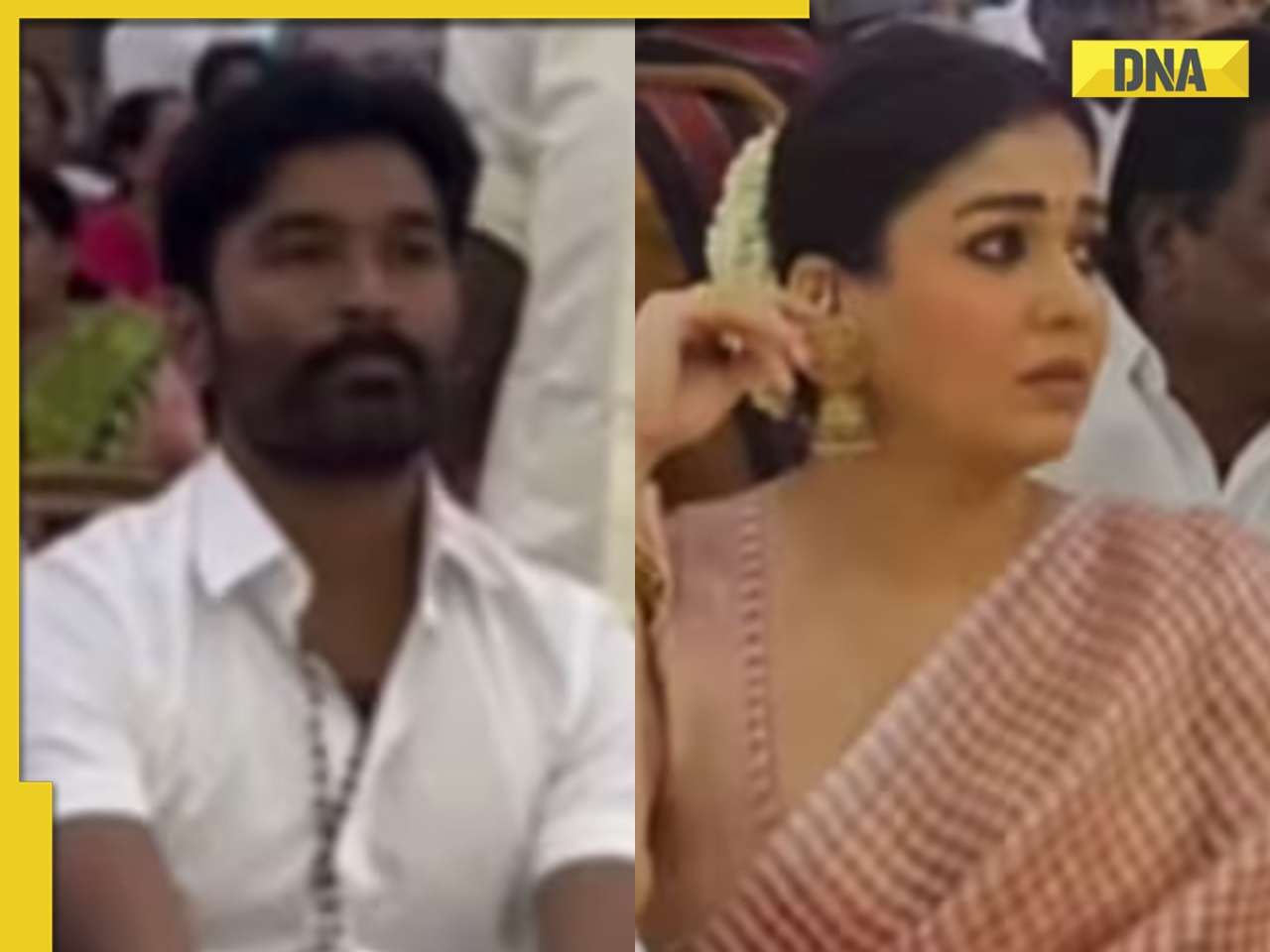
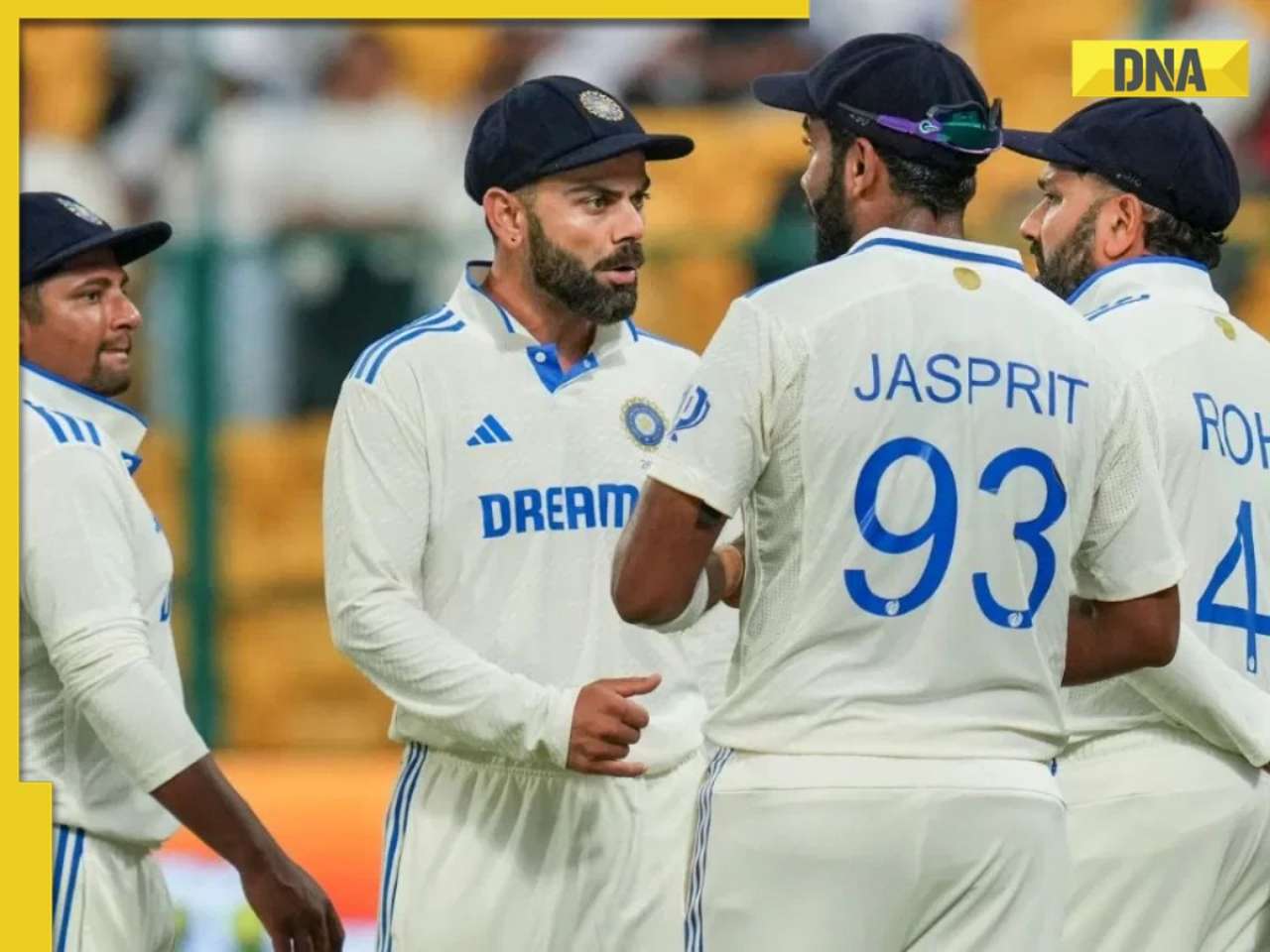



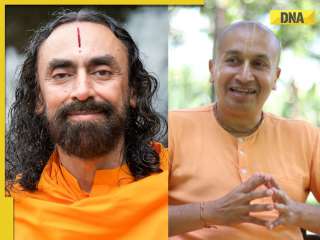

)
)
)
)
)
)
)
)
)
)
)
)
)
)
)
)






